Filter data
|
ID |
Nickname |
Country / City |
Languages |
Taxonomies |
Comment |
Project / Group |
Map |

|
122034
|
Linguini
|
Deutschland
Mannheim
|
|
|
—
|
LL Mannheim 24
|
|
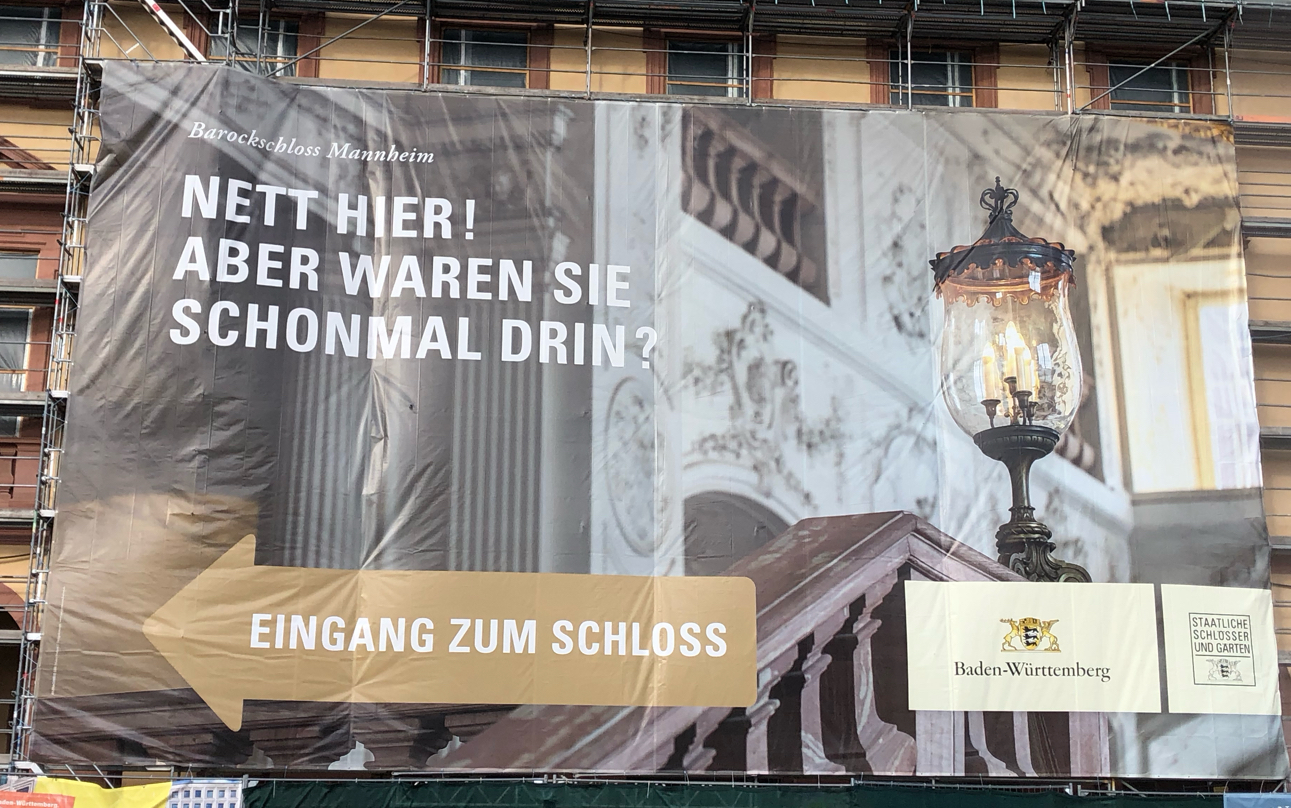
|
122035
|
Linguini
|
Deutschland
Mannheim
|
|
|
—
|
LL Mannheim 24
|
|
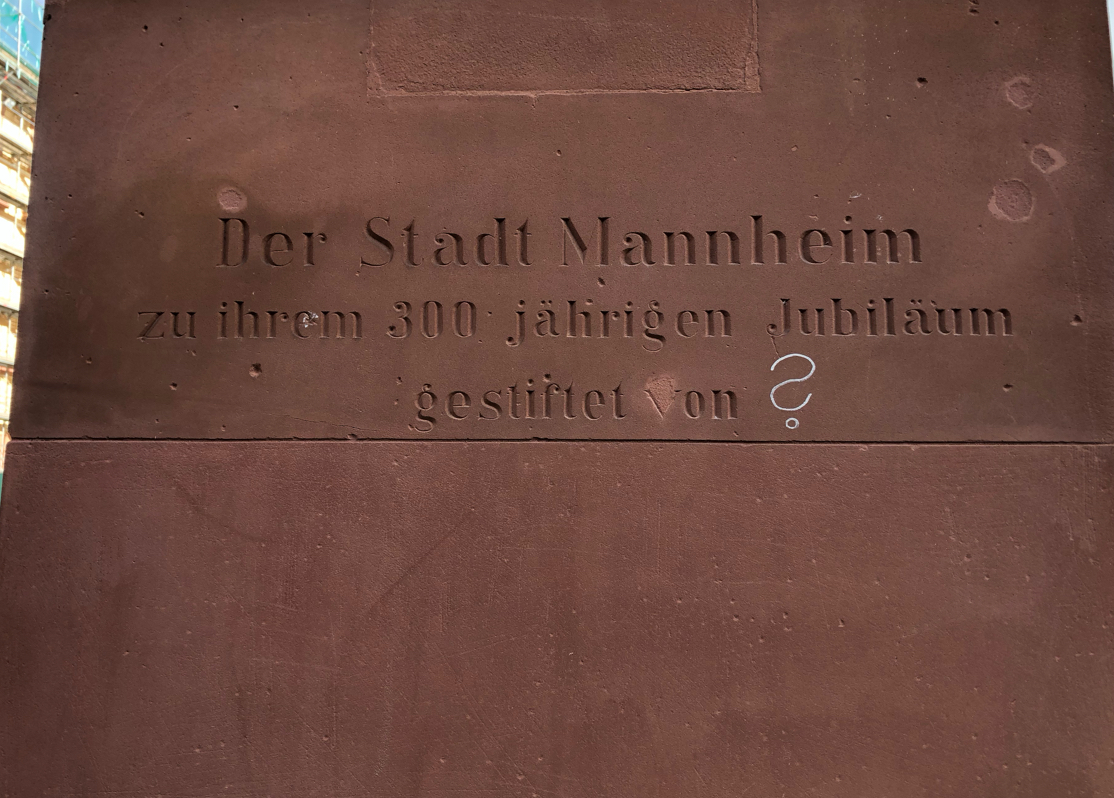
|
122036
|
Linguini
|
Deutschland
Mannheim
|
|
|
—
|
LL Mannheim 24
|
|

|
122037
|
Linguini
|
Deutschland
Mannheim
|
|
|
—
|
LL Mannheim 24
|
|
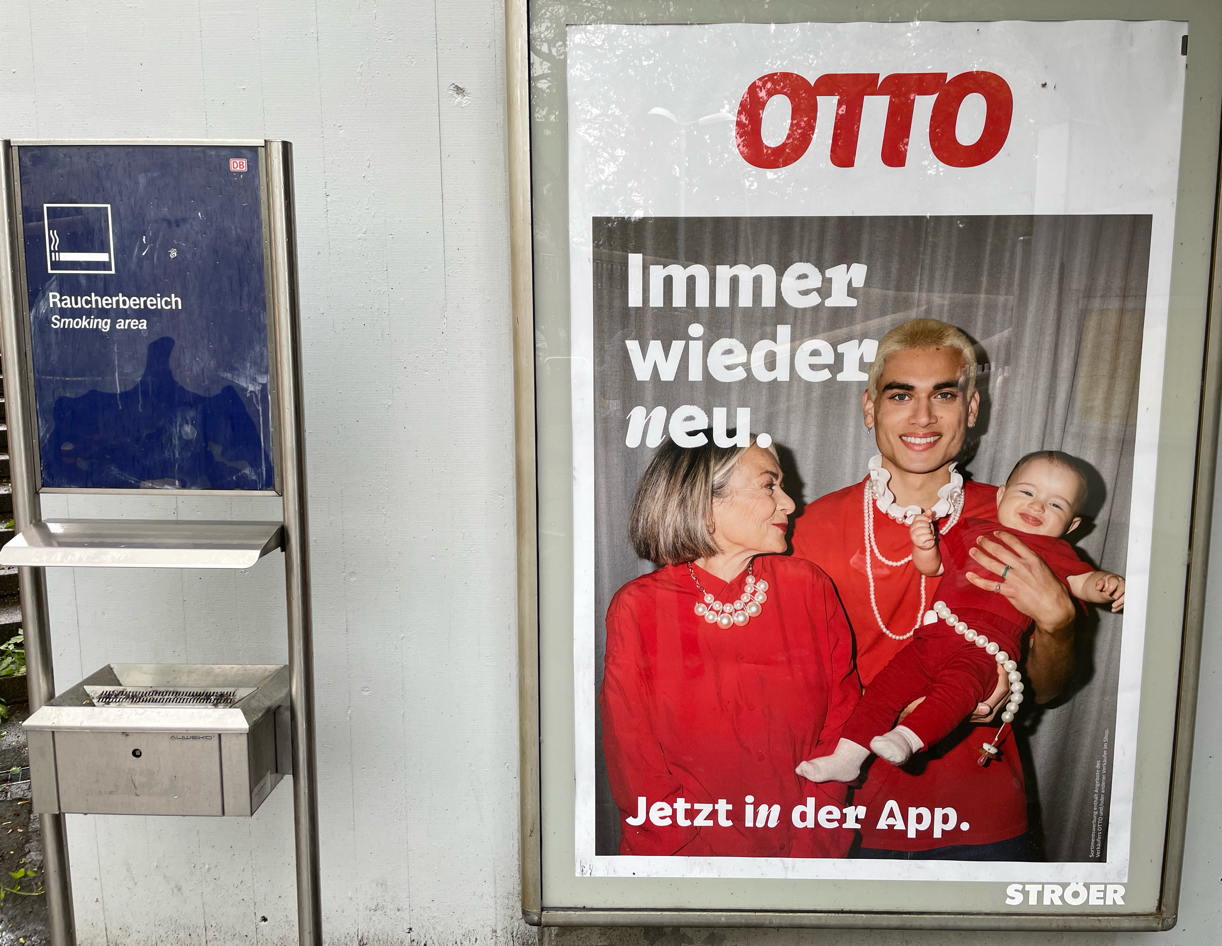
|
97706
|
LiLa
|
Deutschland
Stuttgart
|
|
|
—
|
|
|

|
97707
|
LiLa
|
Deutschland
Stuttgart
|
|
|
—
|
|
|
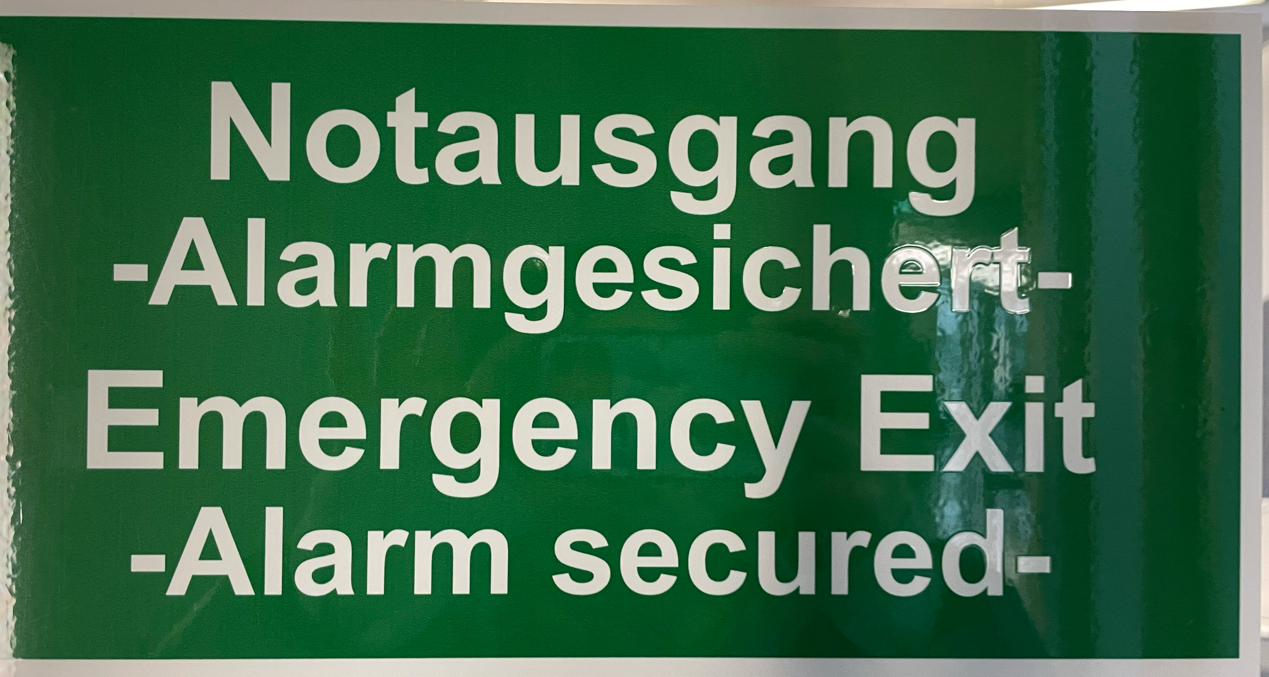
|
97708
|
LiLa
|
Deutschland
Stuttgart
|
|
|
April 2024
|
|
|
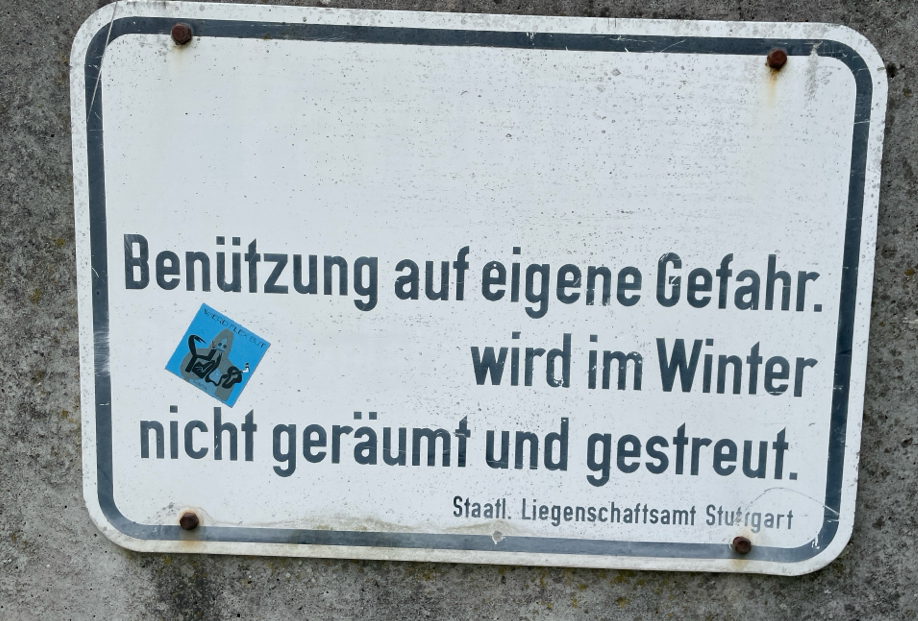
|
98953
|
LiLa
|
Deutschland
Stuttgart
|
|
|
April 2024
|
|
|

|
98956
|
LiLa
|
Deutschland
Stuttgart
|
|
|
April 2024
Bushaltestelle Universität
|
|
|

|
98957
|
LiLa
|
Deutschland
Stuttgart
|
|
|
April 2024
S-Bahn Station Universität
|
|
|
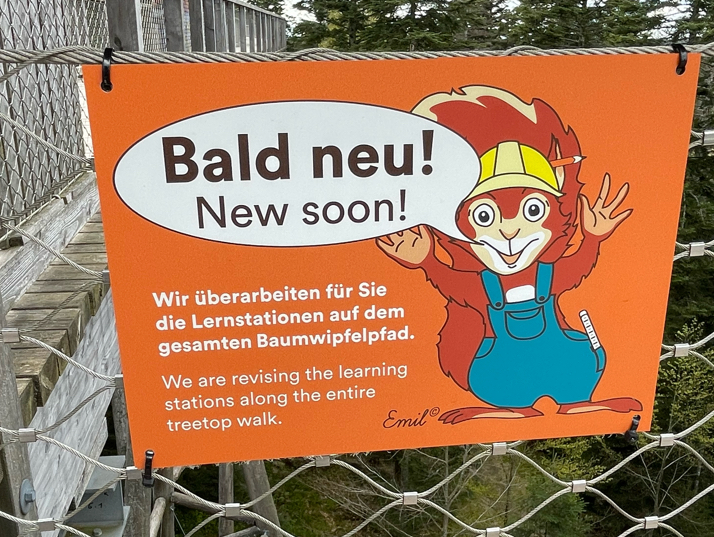
|
98979
|
LiLa
|
Deutschland
Bad Wildbad
|
|
|
April 2024
|
|
|
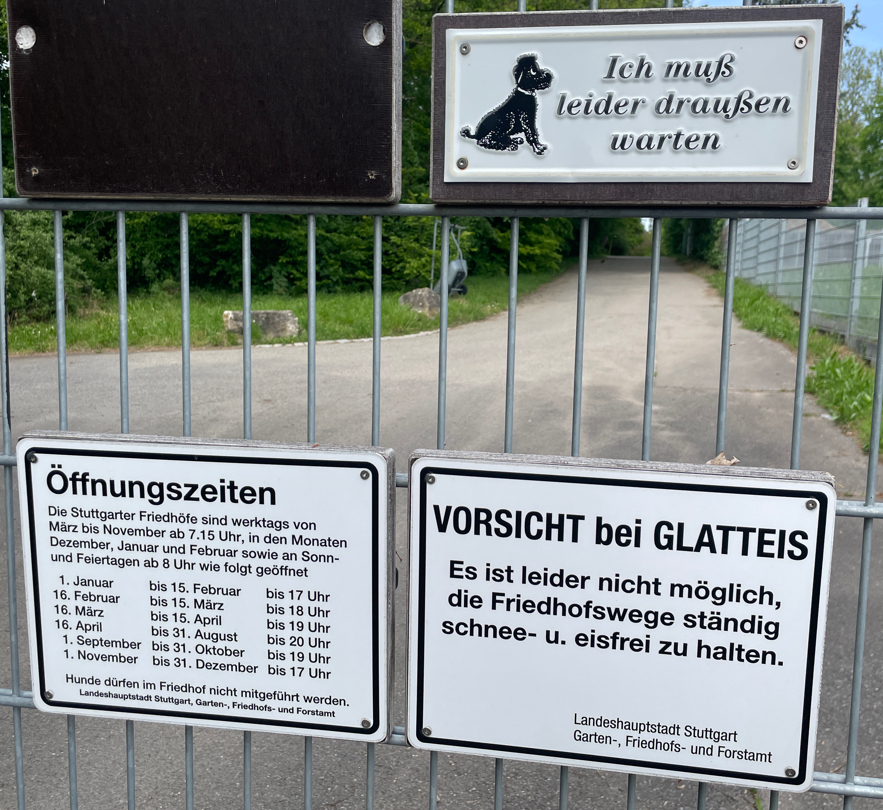
|
99019
|
LiLa
|
Deutschland
Stuttgart
|
|
|
April 2024
Eingang zum Friedhof
|
|
|
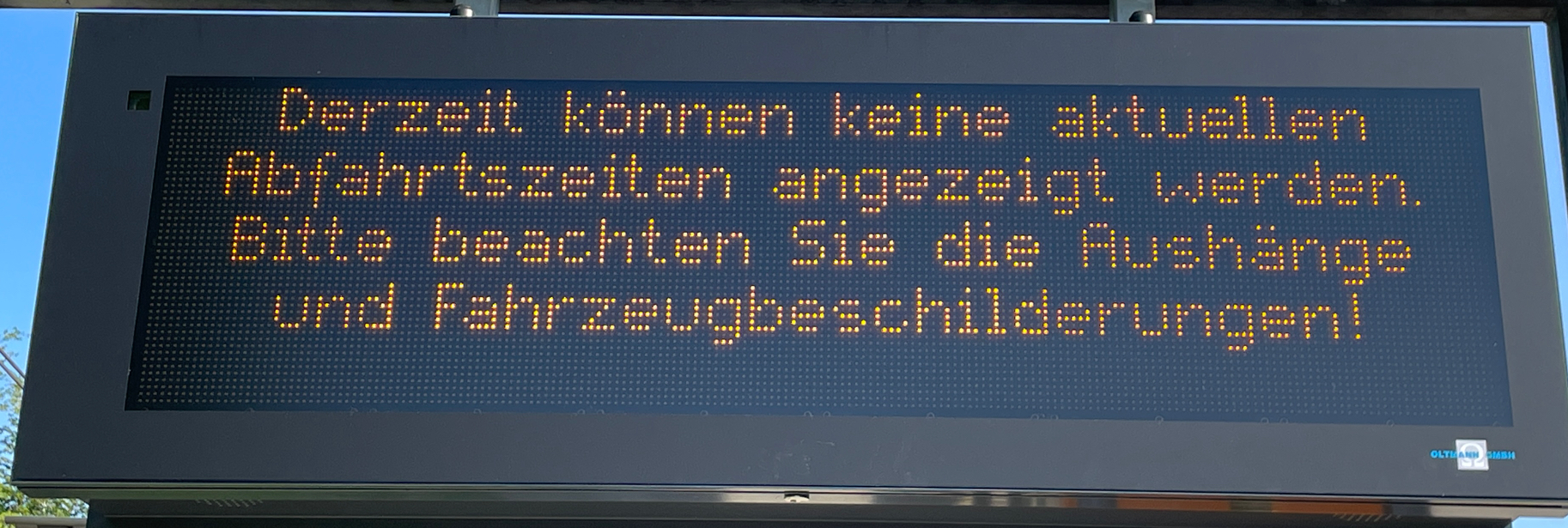
|
99192
|
LiLa
|
Deutschland
Stuttgart
|
|
|
Mai 2024
U-Bahn Station
|
|
|
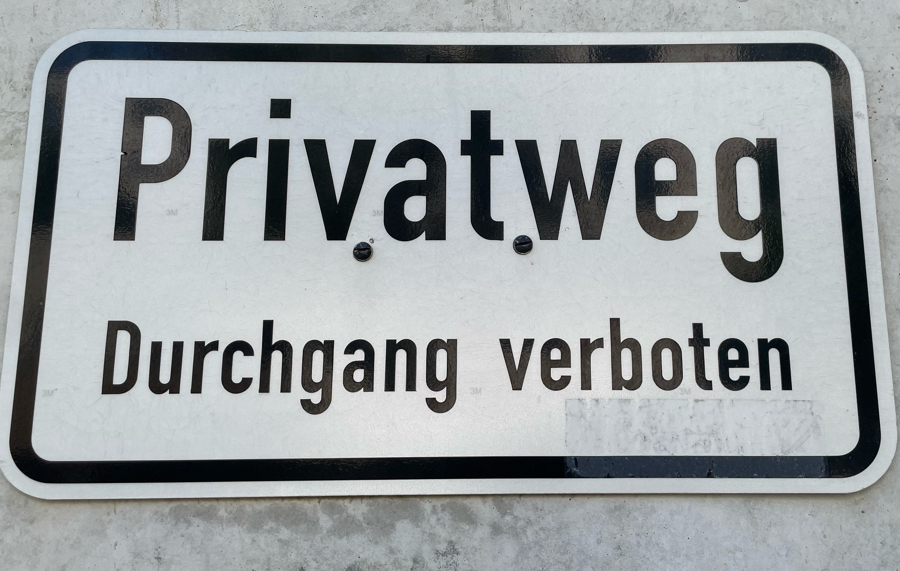
|
99409
|
LiLa
|
Deutschland
Stuttgart
|
|
|
Mai 2024
|
|
|
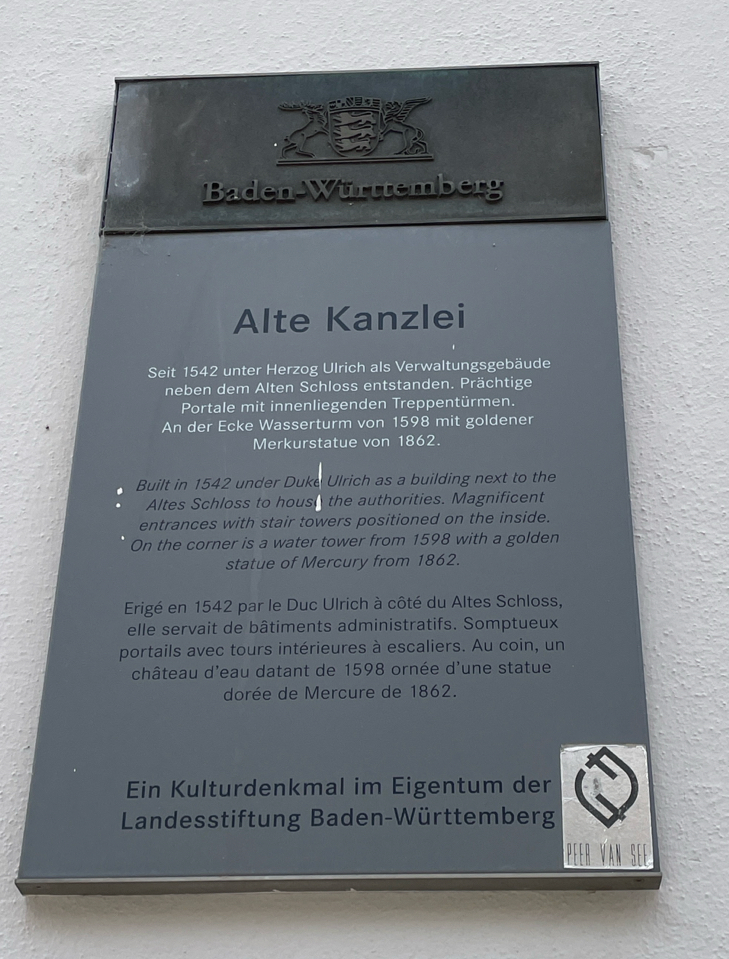
|
99549
|
LiLa
|
Deutschland
Stuttgart
|
|
|
Mai 2024
|
|
|
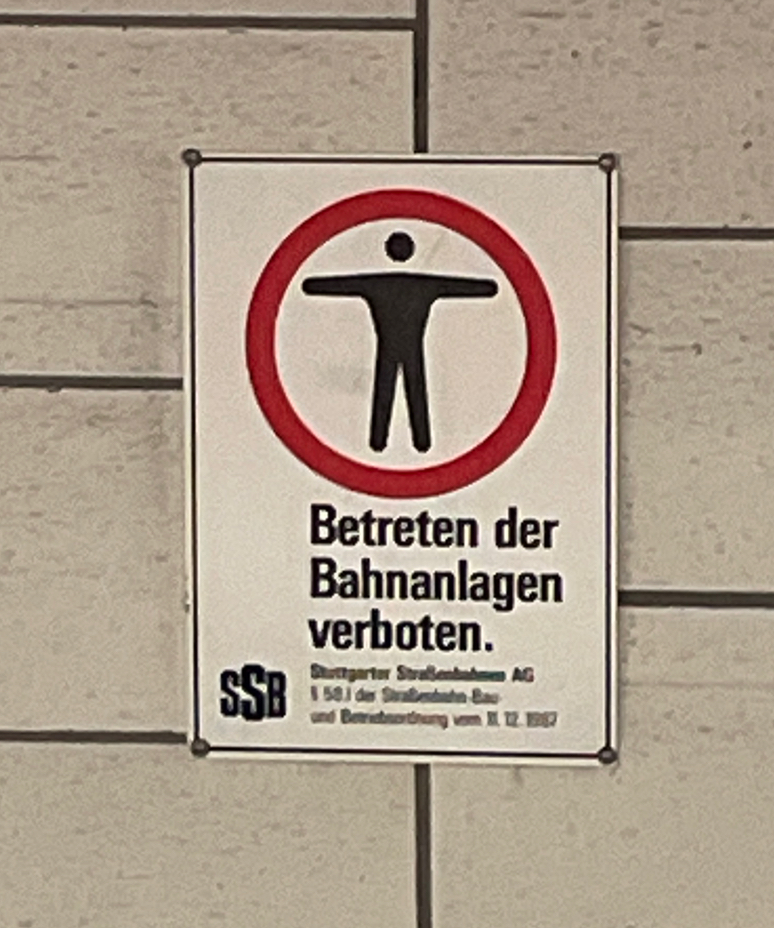
|
99550
|
LiLa
|
Deutschland
Stuttgart
|
|
|
Mai 2024
|
|
|
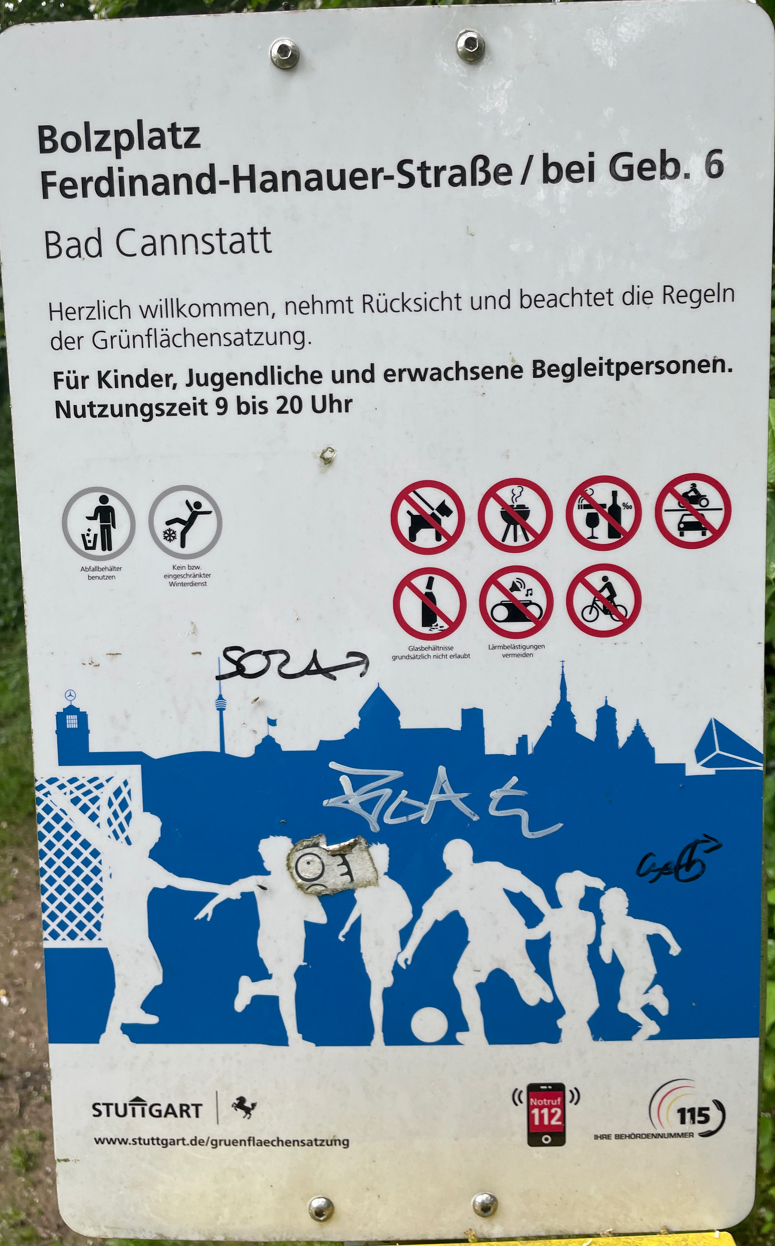
|
100065
|
LiLa
|
Deutschland
Stuttgart
|
|
|
Mai 2024
|
|
|
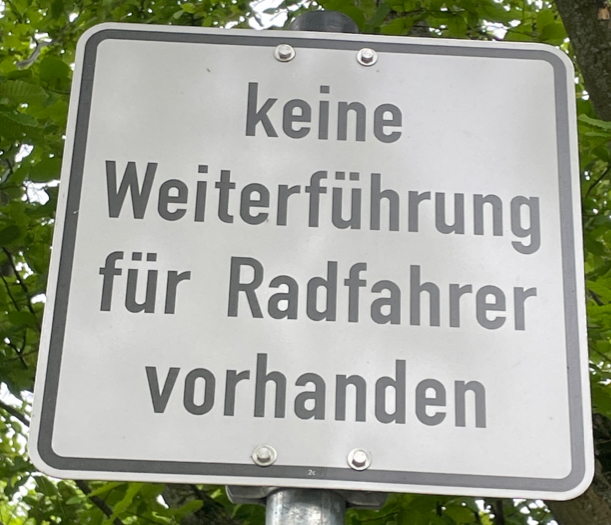
|
100066
|
LiLa
|
Deutschland
Stuttgart
|
|
|
Mai 2024
|
|
|

|
100069
|
LiLa
|
Deutschland
Stuttgart
|
|
|
Mai 2024
Parkzone
|
|
|
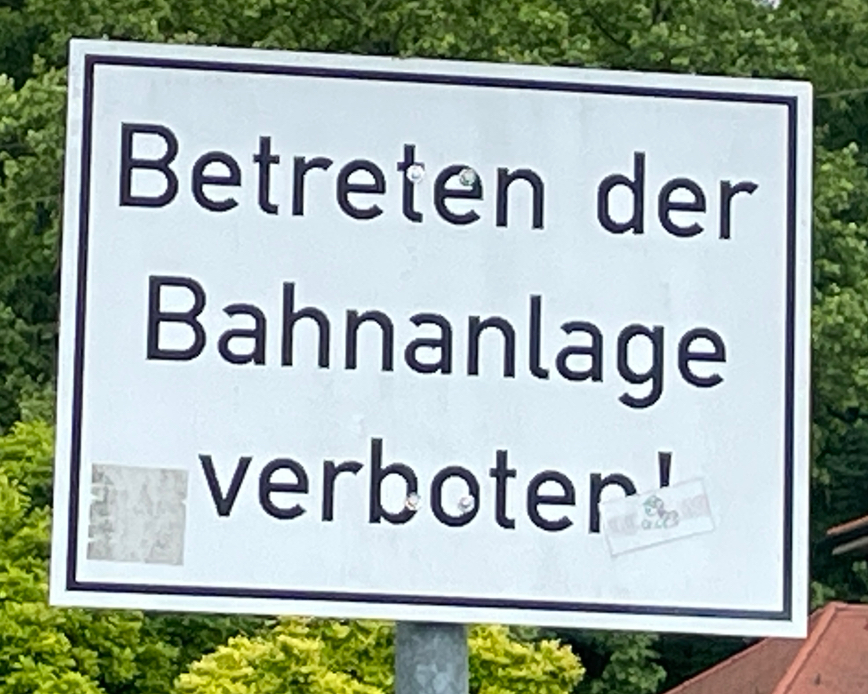
|
100070
|
LiLa
|
Deutschland
Stuttgart
|
|
|
Mai 2024
|
|
|